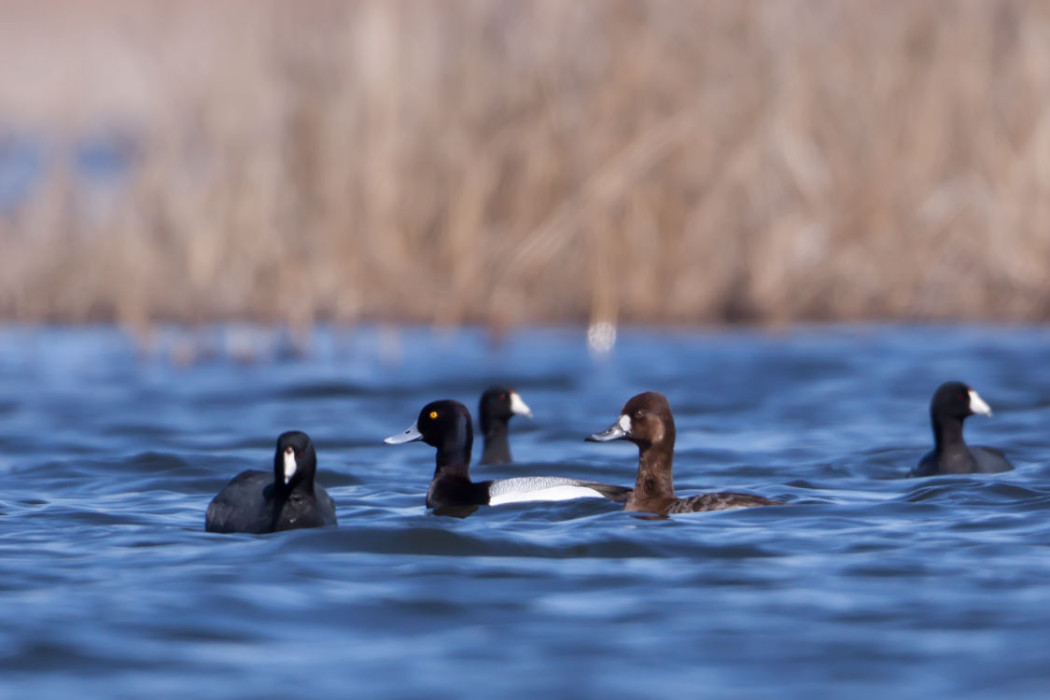Waterfowl hunters’ dreams are realized on autumn days when ducks and geese descend en masse from breeding grounds in the northern U.S. and Canada to wintering areas in points south.
Restoration and improvement projects on several North Iowa shallow lakes and marshes over the past several years help ensure they arrive in peak condition.
Most of the area’s shallow lakes and large wetlands have been drained while those remaining have been significantly altered.
Sedimentation, abnormally high water levels and algae blooms fueled by excessive nutrient concentrations — all caused by agricultural and urban runoff — have resulted in reduced water clarity, absence of aquatic plants and overpopulation with rough fish, Jones explained.
These impaired waters won’t support the aquatic macroinvertebrates (insects and similar creatures) scaup and other diving ducks need to maintain their body condition during migration.
Herrick said improved water quality and plant diversity provides habitat for numerous species of wildlife while also enhancing populations of desirable fish species on lakes suitable to support them.
This makes the areas more desirable for recreation such as swimming, paddling, bird watching, fishing and hunting.
“Everyone is finding something in these restored systems,” said TJ Herrick, DNR management biologist for the Clear Lake Wildlife Unit. “People’s lives are being made better by these things.”
“This is about more than ducks,” DNR Waterfowl Biologist Orrin Jones agreed. “(These areas) provide clean water that benefits all Iowans.”

